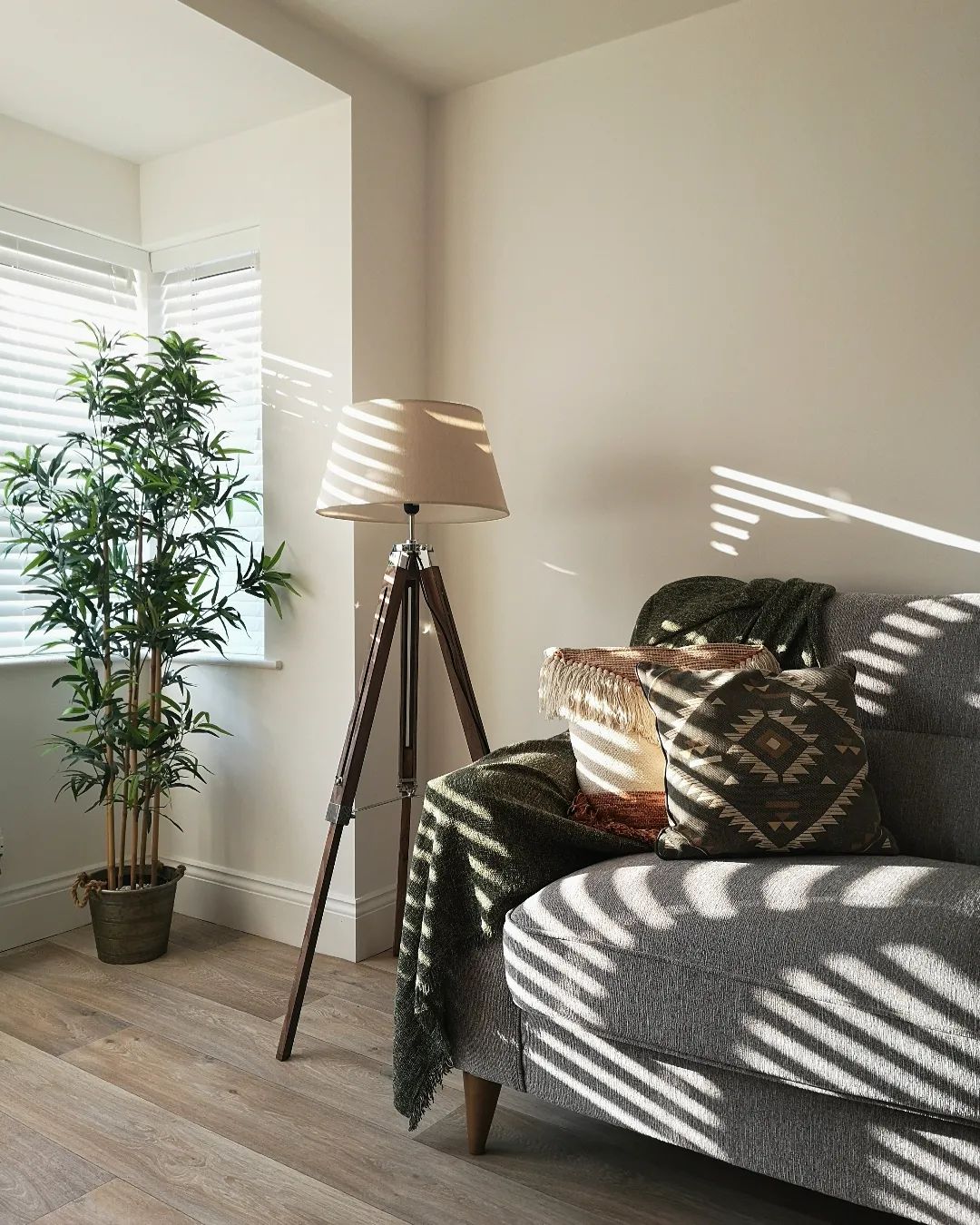Perhaps you’ve heard about mindful décor, or maybe the concept of slow living? While it’s not a new trend, it’s something that’s gaining momentum…
Mindfulness is the ability to be fully present in any given moment. It’s the practice of emptying the mind of intrusive thoughts, turning off distractions such as the TV or radio, and focusing on what is in front of us in the here and now.
But how can this be applied to our home interiors? Well, mindful interior design hinges on the idea that tidy, quiet, clutter-free surroundings foster tidy, quiet, clutter-free minds. Sounds lovely, right? That’s why we’re sharing our favourite mindful interior design principles for happier, healthier homes.
Declutter and reset
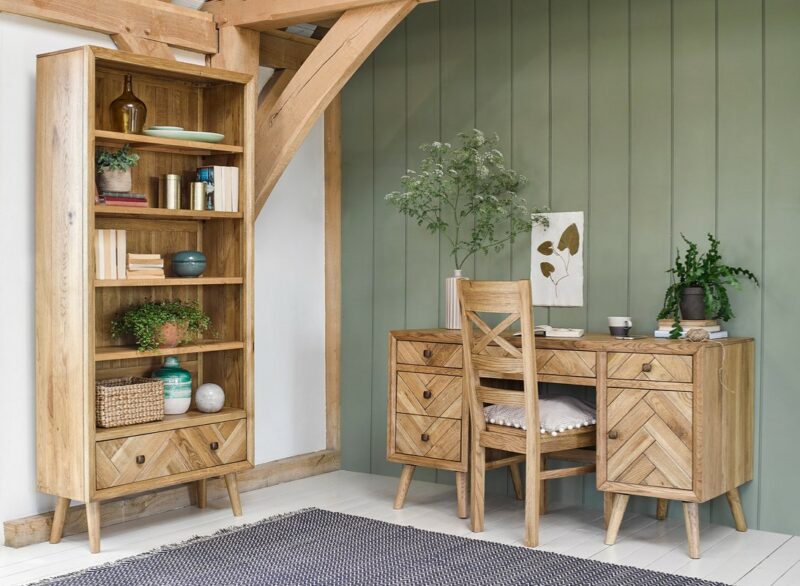
Parquet bookcase | Parquet desk
First things first, take time to evaluate your home decor. Look at everything, from your ornaments to your furniture, taking inspiration from Marie Kondo and keeping only items that serve a practical purpose or spark joy. Does that photograph remind you of a fond memory? Are you likely to ever read that book, or would someone else get more use out of it? Is it time to replace that table with the wobbly leg?
Once you’ve asked yourself these questions, the next step is to dispose responsibly of those things that no longer serve you. To make this process as simple as possible, Oak Furnitureland has partnered with Clearabee and the British Heart Foundation. Clearabee will come to collect your pre-loved furniture in one of their carbon-neutral vehicles and then, depending on the condition it is in, either donate it to a local charity, refurbish it or recycle it. The British Heart Foundation offer a free collection service for furniture that is in good enough condition to be resold.
The aim at the end of this process is not necessarily to have a minimalist, bare home, but to strip away the meaningless clutter. Can you still have objects that are purely decorative? Of course! As long as you love them, they bring you joy, and you recycle or rehome them as soon as this is no longer true.
Style using natural materials
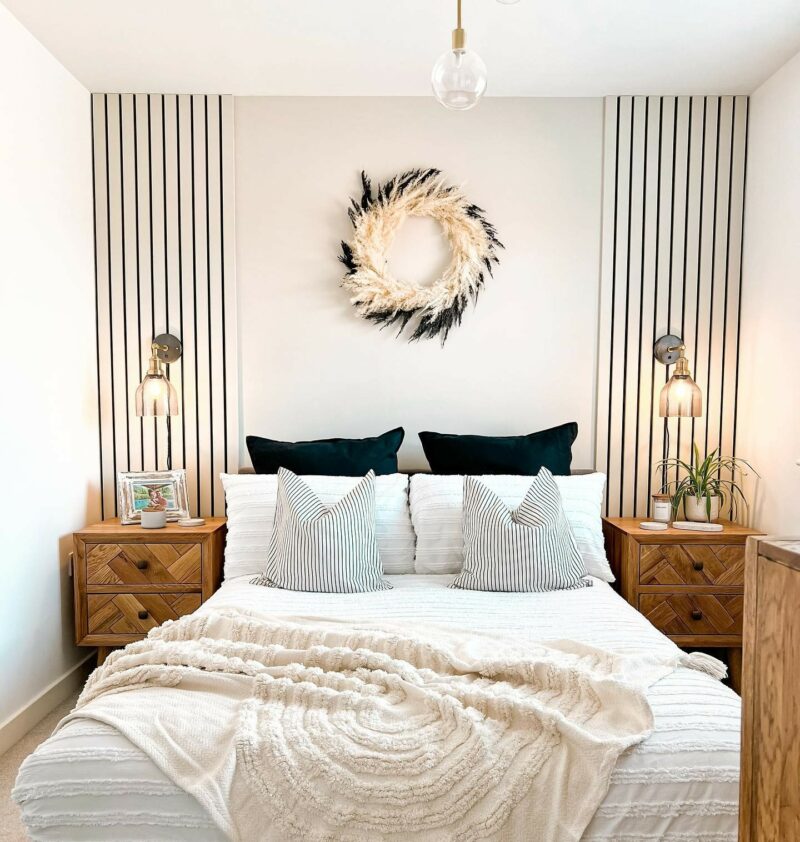
Parquet bedside table | @our_hanbury_hideaway
Natural materials, such as solid wood and rattan, slot easily into mindful interiors, as they represent a connection between our homes and nature.
Oak Furnitureland’s hardwood furniture has a warmth to it, brought about by the timber’s natural grain and, depending on the finish, the many shades of amber or soft blonde visible on the surface.
Rattan and wicker are popular components of a wide range of modern furniture pieces. From headboards and drawer fronts to dining chairs and storage baskets, these woven materials add textured layers and have a particularly calming effect when styled with warm neutrals such as cream and beige.
Biophilic design and mindfulness
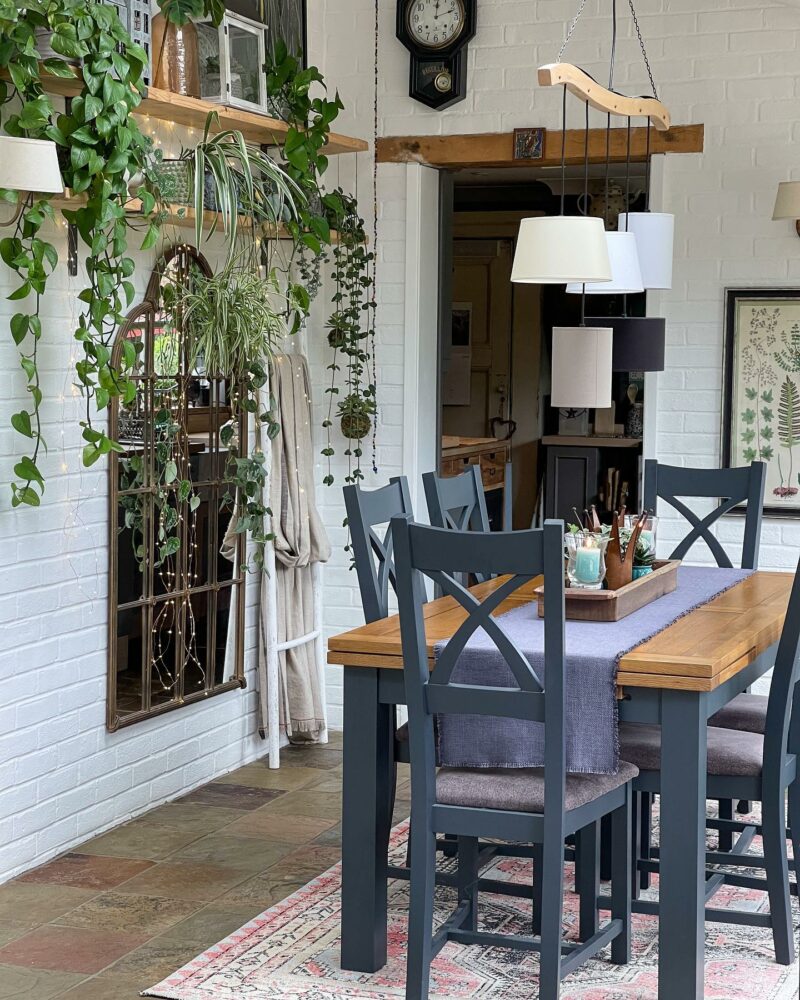
Highgate dining set | @mo_morshuis
Proven to improve both air quality and mood, adding a little indoor greenery to your mindful home is an absolute must. There are so many species of low-maintenance houseplant for the botanically challenged, as well as more complex varieties for those with a green thumb.
If you’re not sure where to start, snake plants, spider plants and aloe vera are all relatively easy to find in garden centres and have air-purifying qualities. So, whether it’s your hallway, living room, kitchen, bedroom or bathroom that would benefit from a pop of greenery, give the real thing a go! Find more help and advice in our guide to decorating with plants.
Tranquil lighting
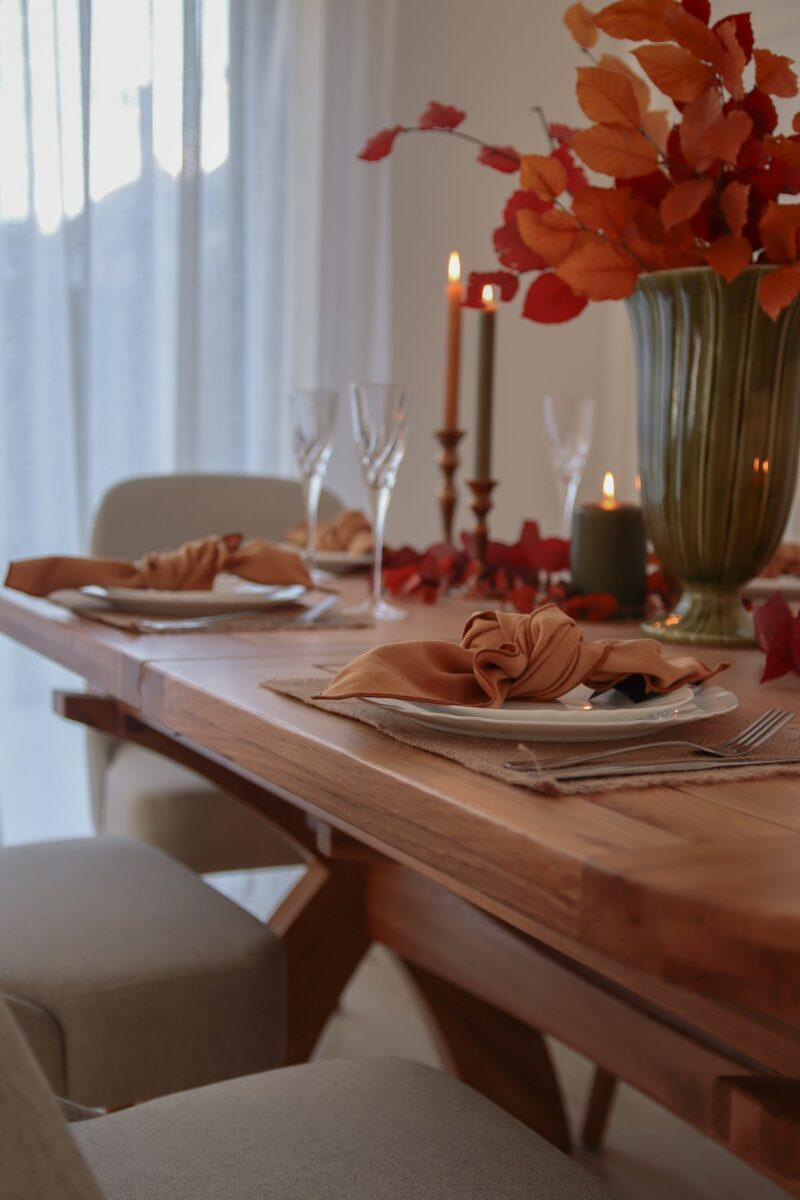
Hercules dining table | Bette dining chair | @at_my_surrey_chalet
Having the right lighting is of paramount importance when it comes to designing a mindful home. Harsh spotlights can often exacerbate feelings of stress or discomfort, so a good rule of thumb is to stick to shaded lamps.
Position side tables, console tables and sideboards around your home and accent them with strategically placed table lamps, which you can switch on and off as you move from room to room. When deciding on bulbs, opt for energy-efficient warm white globes. These will bathe your home in a cosy light that’s easy on the eyes and the environment.
For an even softer glow and a simple way to create a tranquil atmosphere, light a few candles and enjoy the gently flickering flames while you eat, read a book or just appreciate a moment of quiet.
Don’t design your home around screens
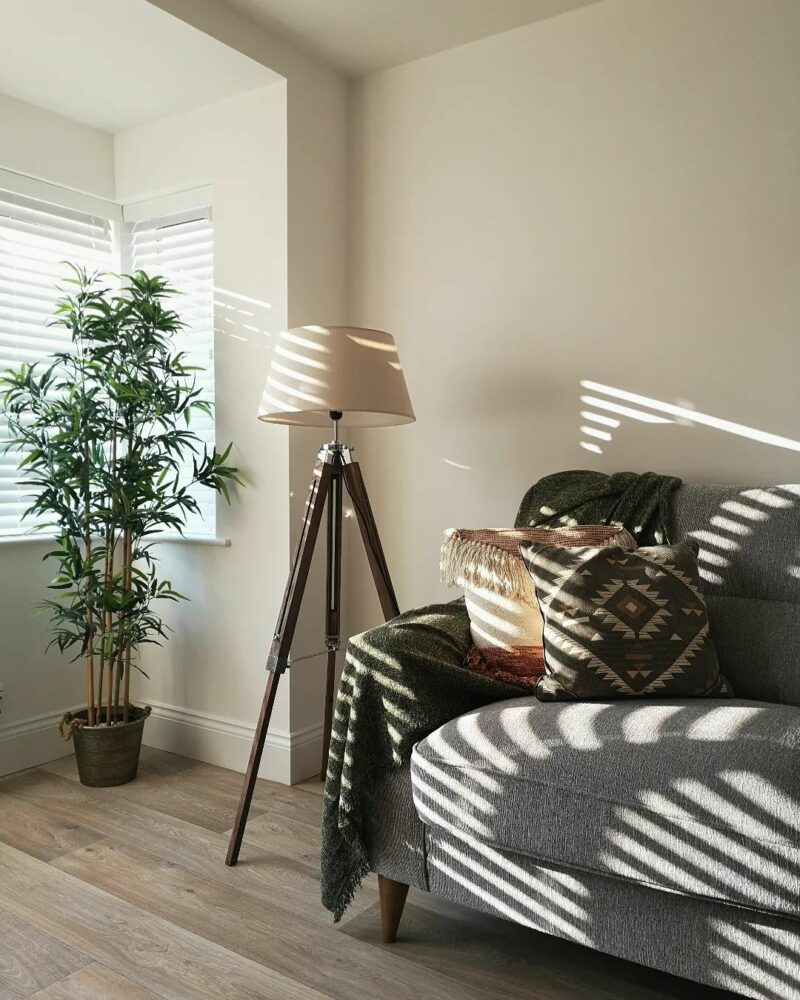
Jensen sofa | @newhouse.newhome
These days, curling up in front of a film or a good series is often considered an ideal way to relax, alone or with loved ones, so it’s understandable if your living room seating is arranged around a TV. However, designing your entire home around screens can create multiple distractions that discourage mindfulness and clash with natural materials.
If you need to have multiple screens in your home, such as computer monitors, either place them in corners, where they can be easily tucked away when not in use, or use room dividers that go with your scheme to keep them out of sight.
Follow these steps to achieve mindful interior design that will transform your home into a haven. And remember, when life feels busy, simply stop, put down your phone and take a few deep, cleansing breaths to reset and return to the moment.
To find out more about mindful decor, don’t miss our Q&A with interior stylist and author of The Sensory Home, Pippa Jameson.
We’d love to see how you decorate your home following the principles of mindful interior design. Share your style and tag us at #OakFurnitureland on Instagram.

